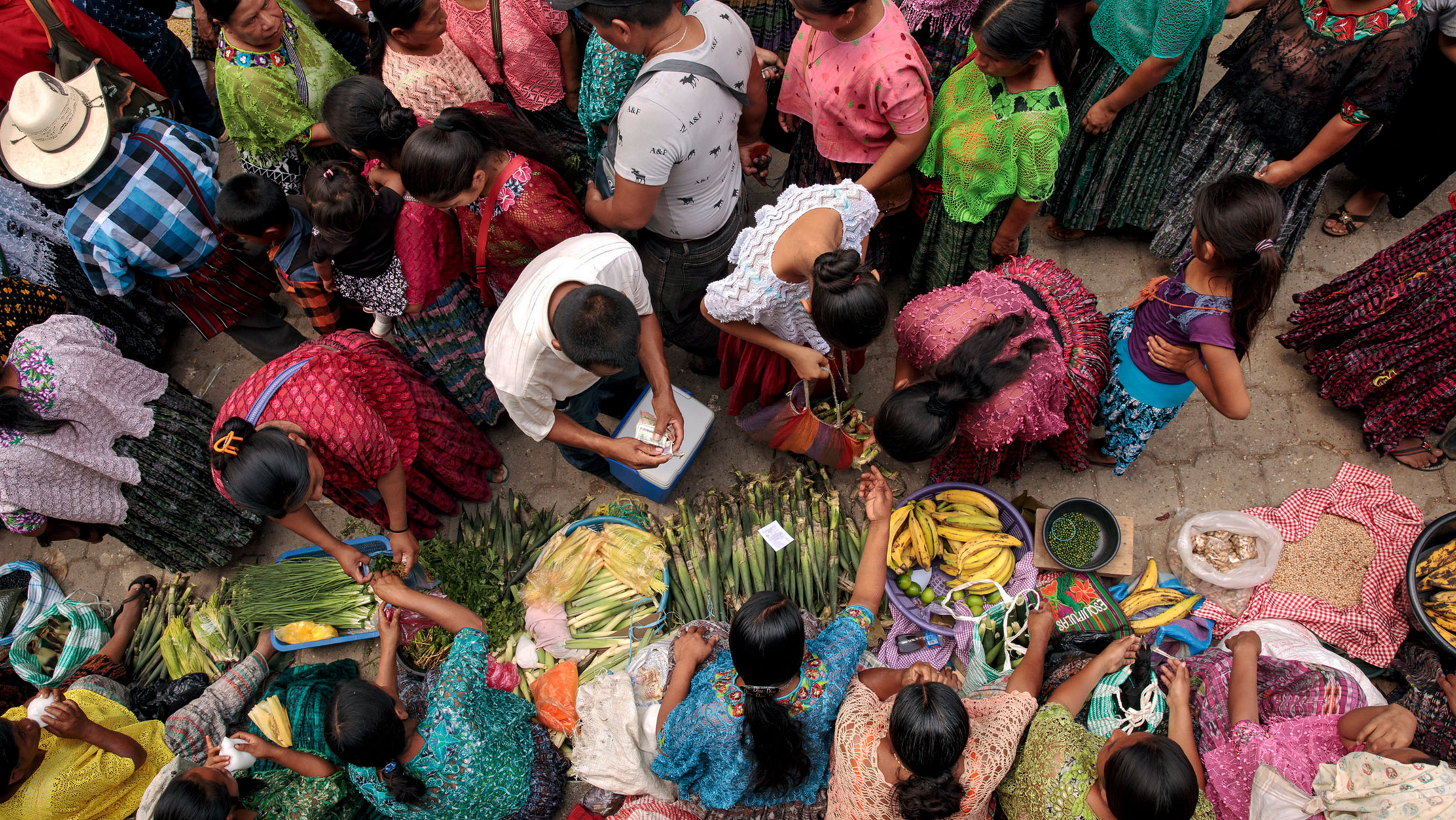20 years of Shamefully Scarce Funding for Feminists and Women’s Rights Movements
For decades, the women’s rights movement and women’s rights organizations have been severely underfunded. AWID research in 2010 revealed that the median budget for 740 women’s organizations all over the globe was a miserly US$20,000. In the same year, as a point of reference, the income for Save the Children International and World Vision International was US$1.442 billion and US$2.611 billion respectively.

